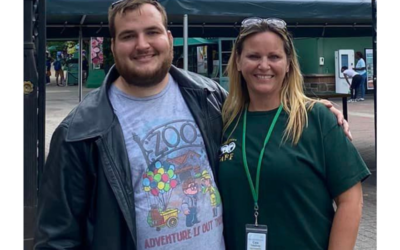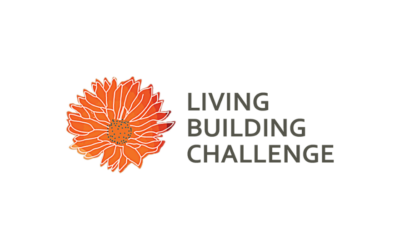Let’s face it, people’s attitudes towards animals are changing. A recent Gallup poll found that one third of American’s believe animals should have the same rights as humans (up from 25% in 2008.) Today’s pet owners are far more willing to pay for expensive surgeries and services than our parents ever were, and we all witnessed the fallout from the movie Blackfish.
Given that, maybe it’s not surprising zoos and aquariums are losing favorability. A study presented by AZA President Jim Maddy at the January Director’s Policy Conference painted a bleak picture. A straight line projection showed that the percentage of those who view zoos favorably will fall a staggering 25% by 2025. If you’re not worried, you should be.
So what can we as an industry do to engage audiences growing more skeptical of zoo and aquarium practices? It’s a burning question that must be answered to secure our future place in society.
One simple answer lies in the way we communicate. We need to share our stories in a compelling and accessible way, we need to always be transparent and we need to trumpet what we do and why we do it.
Every day stories we take for granted are vital to the public’s understanding of our work.
-
How we care for our animals and keep them happy and healthy
-
How we save animals and protect them from extinction
-
How we educate visitors and (hopefully) engender a love and caring for the natural world
-
How our research impacts animal conservation
Animal stories still have tremendous public appeal. It was hard to miss the social media post that went viral to over 60 million viewers of the National Zoo’s panda, Tien Tien, playing in the 20-inches of snow that was dumped on Washington, D.C. last month. It sparked even more media coverage about how the National Zoo kept animals safe during the blizzard. Everyone who saw that story, zoo supporter or not, gained a new respect for animal care sciences.
The media attention Tien Tien received is hard to garner on a regular basis, understood. But we must continuously explore avenues that allow us to trumpet our good work to the broader general public. Social media provides more opportunity than ever before for zoos and aquariums to tell their own tales in a relatively easy and inexpensive way.
Only when there is an understanding and respect for what we do and why we do it can we slowly change perceptions for the positive, and swing the pendulum back to a place that makes all of our futures look a little bit brighter.





